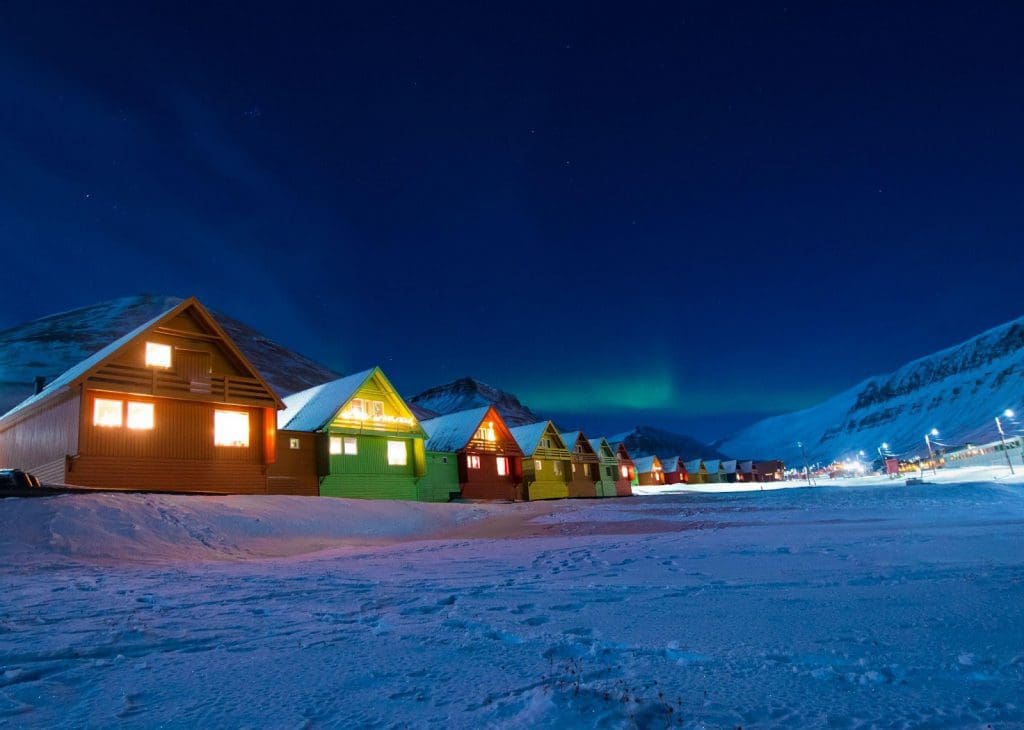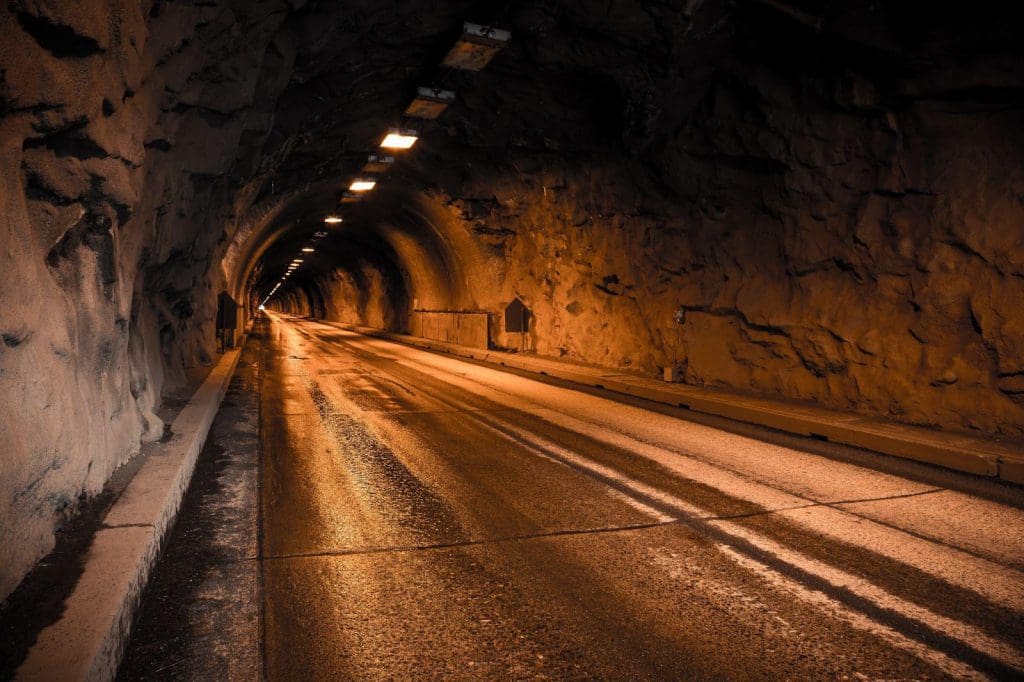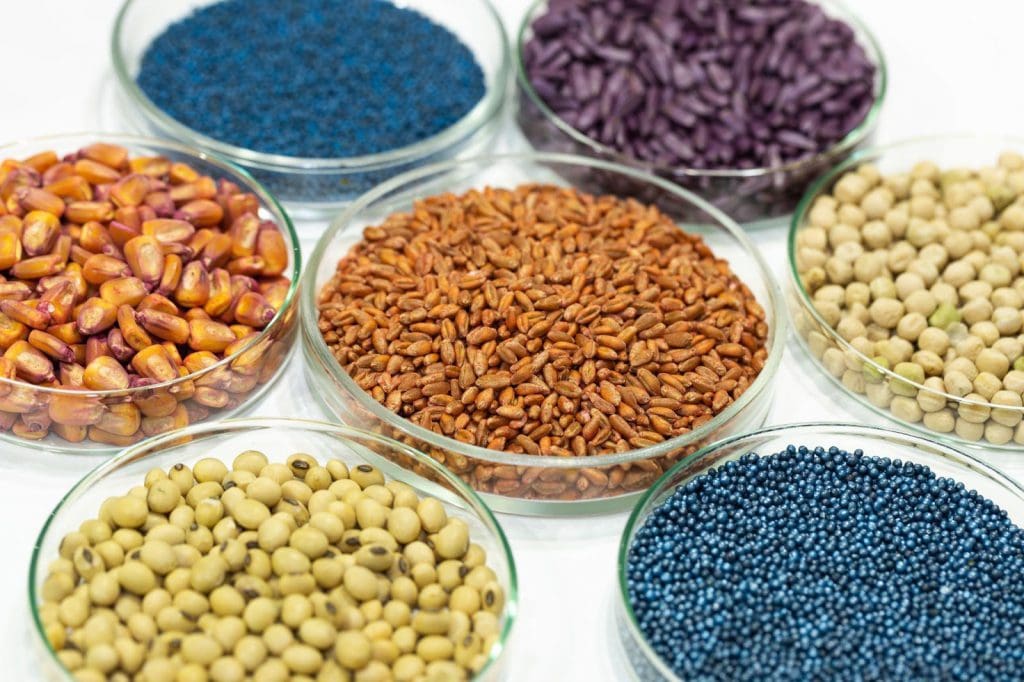
It’s not a bomb shelter, nor is it straight out of an episode of Doomsday Preppers. But yes, it’s true—just south of the 80th parallel on the Svalbard archipelago is a ‘genetic resource’ stronghold—The Svalbard Global Seed Vault.

With the purported end of the world being predicted every few years, future-proofing global resources has become a greater priority—particularly where biologists are concerned. Food scarcity and the eradication of species are two of the biggest issues unfolding as the consequences of the changing climate are becoming more and more drastic, threatening much of the world’s biodiversity.
As a response to this worldwide concern, and with a view to preserve as much of our present-day diversity as possible, in 2008 the Svalbard Global Seed Vault (SGSV) was officially opened. 14 years on, the colloquially named ‘Doomsday Vault’ houses more than 1 million distinct plant samples, with rigorous safeguarding and security protocols in place to ensure that nothing and nobody can compromise it.
Svalbard is a series of islands in the Arctic Ocean, midway between the northern tip of Norway and the North Pole. The largest island, Spitsbergen, hosts the majority of the territory’s population—just under 3000 people—most of whom work in coal mining or scientific research. The seed vault is built 150m into the side of Platåberget mountain, just a few kilometres from the primary settlement of Longyearbyen.
The initiative began in the 1980’s when the Nordic Gene Bank began collecting frozen seeds in an abandoned coal mine in Spitsbergen as a backup storage facility. Global awareness and authority subsequently increased when the International Treaty on Plant Genetic Resources for Food and Agriculture (ITPGRFA) was ratified in 2001.

The site in Spitsbergen was deemed appropriate for a permanent storage location for several reasons. The site is situated 130m above sea level, so it will remain dry even in the event of catastrophic ocean level rise. Vault rooms themselves are refrigerated at an optimum -18°C, however permafrost means the surrounding mountain hovers at a cool -3°C, which would keep the seeds safe even if the refrigeration systems failed. The vault is extremely secure and remote, and there is little likelihood for it to be caught in the fray of any global conflicts. Also, there is no tectonic activity near the archipelago, so there is low risk of any disruptions by natural disaster.
Climate change is threatening many aspects of life as we know it. In the face of more frequent extreme weather events and rising sea levels, global agriculture needs support in order to maintain the level of food production and biodiversity that we have today.
Agricultural diversity, rather than cloning and in-breeding, is essential to ensure the continuation of species and the prevention of extinctions—it’s for this reason storage banks of genetic material are so important. SGSV has focused primarily on agricultural seed products (rather than all plants), to ensure ongoing global food security, and to maintain plant diversity. The seed cache will provide the opportunity for breeding and genetic modification studies as global growing conditions change over time.
Gene banks such as the vault save scientists years of legwork, by having species readily accessible for research, compared to collecting samples on a case-by-case basis.

SGSV may be the largest vault of its kind, but there are more than 1700 versions of the concept worldwide. Svalbard can be considered the backup to all of these facilities, hosting duplicates rather than unique seed samples. Neither Norway nor SGSV owns any of the samples—rather they are owned by the depositing gene banks and have simply been entrusted to the vault for safekeeping. SGSV has a capacity for 4.5 million seed samples, with an average of 500 seeds per sample.
If you’re looking for your own future-proofing and storage solutions, we are here to help. At Chemwatch we have a range of experts spanning across all chemical management fields, from heat mapping to Risk Assessment to chemical storage, eLearning and more. Contact us today to find out more at sa***@*******ch.net.
Sources: